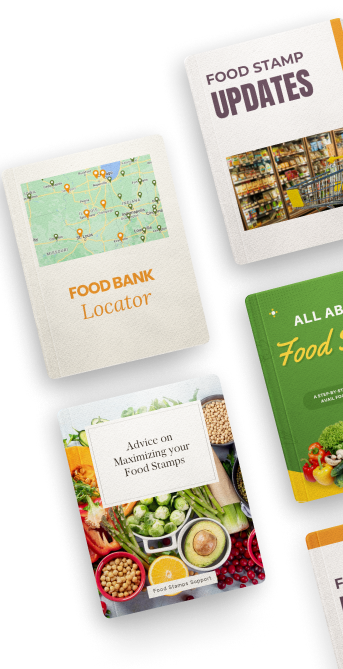New US Dietary Recommendations Provide a Blueprint for Healthy Eating
The US Department of Agriculture (USDA )and the Department of Health and Human Services (HHS) issued new dietary guidelines this week, providing a guiding blueprint for Americans and their nutritional needs. Most notably, the guidelines include recommendations for infants and toddlers for the first time in history. Published every five years, these guidelines are also instrumental in the implementation and execution of federal nutritional programs.
Here are the major takeaways from this newly released nutritional guidance.
Broad Recommendations
When looked at broadly, the new recommendations specify that a healthy dietary pattern includes nutrient-dense foods that encompass a wide array of food groups that also adhere to caloric limits. The food groups consist of dairy, oils, protein sources, vegetables, fruits, and grains.
Another broad recommendation is to limit foods and beverages that are higher in added sugars, sodium, and saturated fat. While the guidelines concerning sodium have not changed over the last five years, the recommendations are clear that sodium intake should be less than 2,300 milligrams per day. This number is even less for kids under the age of 14.
The new recommendations also encourage Americans to choose their food and drink to reflect their personal tastes and cultural traditions while taking budget constraints into consideration.
Recommendations for Infants and Toddlers
The most notable change to this recent release of nutritional guidelines is the inclusion of specific recommendations for infants and toddlers. The report recommends that infants under the age of six months be fed human milk exclusively. The guidelines note that parents can use iron-fortified formula if human milk is not available.
The guidelines go on to recommend that parents begin to introduce nutrient-rich foods at the age of six months. This includes the introduction of potentially allergenic foods. These recommendations align with the policy of the American Academy of Pediatrics (AAP) to encourage exclusive breastfeeding through six months of age at a minimum and to then begin to introduce foods with peanuts and other allergies. Previous guidelines had recommended holding off on allergenic foods until at least age one. However, new research demonstrates that bringing these foods in earlier may actually reduce the risk that the child develops the allergy later in life.
Infants and toddlers are most likely to be at risk of not taking in adequate amounts of iron, zinc, and vitamin D.
Alcohol Guidance Went Unchanged
Many nutritionists had expected to see a concrete change to the quantitative number of alcoholic drinks per day recommendation. Earlier in the summer, the Dietary Guidelines Advisory Committee's scientific report recommended that the federal guidelines lower the current guidance from two drinks for men and one drink per day for women to just one drink per day for everyone. However, this week's federal nutritional guidelines stayed the course and did not make these changes.
As a result, the American Institute for Cancer Research (AICR) issued a statement expressing disappointment that the guidelines did not change to reflect the current science that demonstrates that even one drink per day can elevate the risk of certain cancers.
What the Guidelines Do Not Address
As with every release of these official recommendations, the report was met with criticism by certain advocacy groups for what it did and did not address. The new guidance does not dive deep into the danger of processed foods in the diets of many Americans. Nor does it specifically address the issue of red meat, known to be a major contributor to the high amounts of saturated fat in many diets.
While it does not specifically call out red meat, the new dietary guidelines do suggest that Americans emphasize lean poultry such as chicken and ground turkey. It also suggests that people replace fatty meats like sausage and bacon with healthier protein alternatives, including seafood, beans, and lentils.
Following these newly released guidelines can have an overall positive effect on your health and well-being. The new year is an ideal time to familiarize yourself with these recommendations so that you can make informed decisions about what you put into your body. While these guidelines do not encompass everything that you need to know to live a healthy lifestyle, reading through them is certainly a good start.

















